Words by Simona Serban
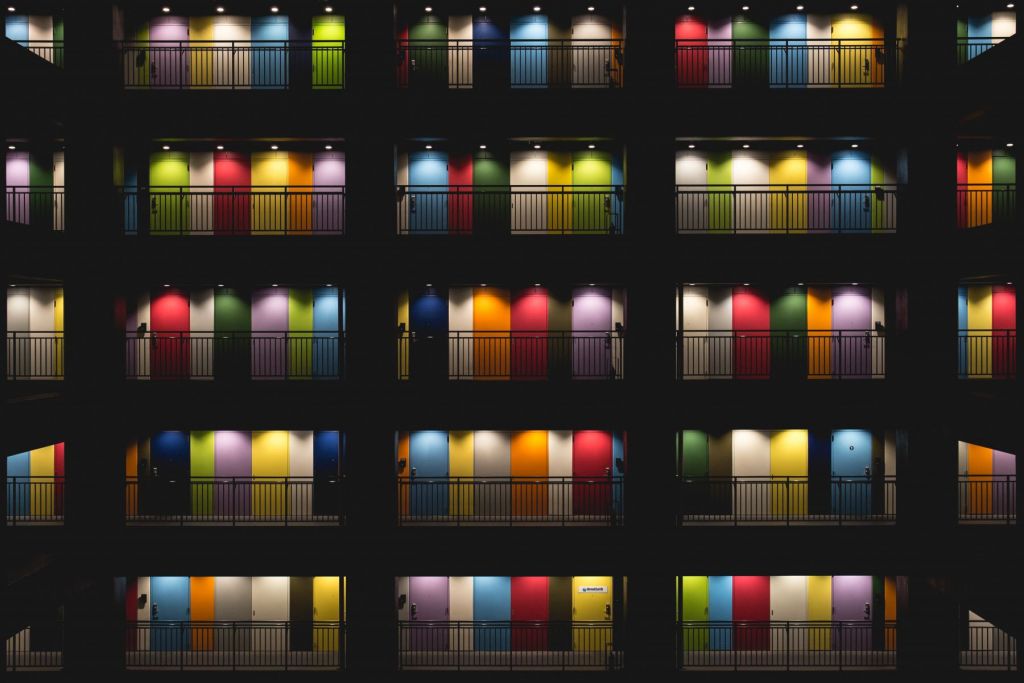
Judging from the current global situation, our environment, due to one of the most unexpected of circumstances, gets a breather, the breather it so desperately needed throughout the last few decades. When thinking about the environment at any given time, and apart from a few punctual exceptions, people tend to postpone seeing the causality of their actions and the damage they inflict by the fast-moving lifestyle we all adhere to. Or, perhaps, some are simply oblivious to their day-to-day practices due to getting accustomed to such lifestyle choices.
With changes happening all around the globe, people are starting to notice their own impact gradually, and, thus, are paying much more attention to the entire environment to which they belong, with special consideration given to their immediate surroundings, that being anywhere from apartments and houses to lack green spaces. In addition, depending on their careers and development process, the range of possible actions to be implemented increases.
Awareness is another foundational key when discussing concrete global behavioural change; the real trust communities share between and within themselves is the fundament of the real environmental changes, as society is built by communities, so people have an immediate and strong bond with their environment. Ultimately, trust requires a society-wide culture and participatory activities, especially among those in positions of influence.
Thus, ensuring a higher level of community self-determination, democratic communities can determine their own social, cultural, and economic needs and solutions as we slowly begin to comprehend the importance of individual change. In doing so, they would be even more inclined to adopt environmental changes within their communities.
An example of real environmental and collective change is the town of Kamikatsu, Japan, where community-based sustainable and environmental changes designed to reach the zero waste state by 2020 were the driving force. How the community uses gets reused or recycled directly influences how the townspeople choose their belongings in the first place. Please note that the town chose to take on this challenge almost 20 years ago, focusing on individual choices and their impact on the collective.
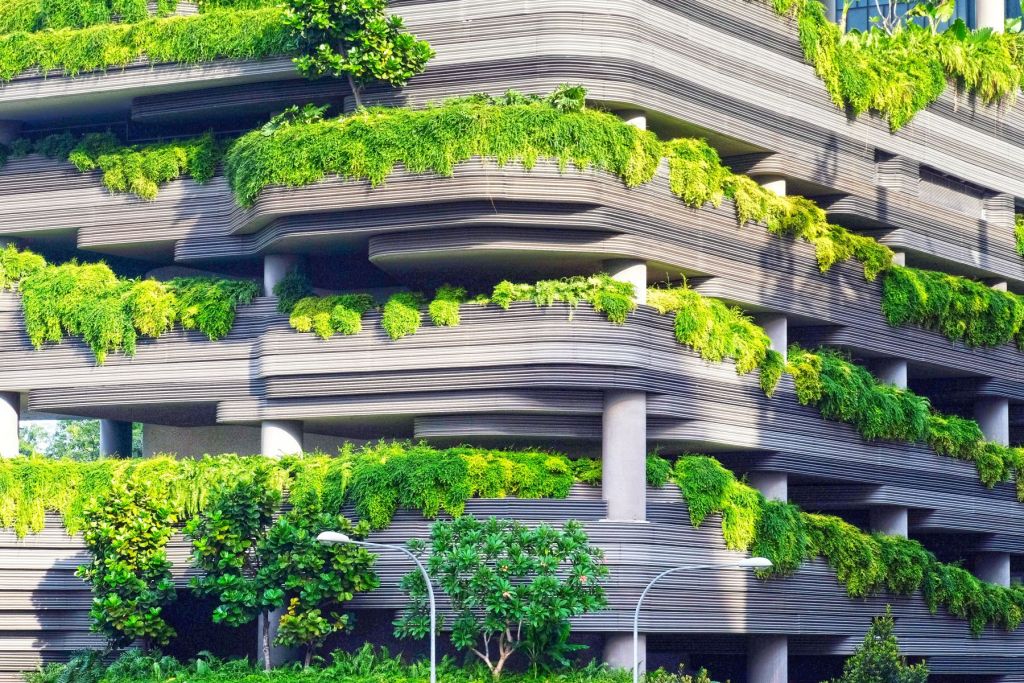
Architecture has the ability to transform and reshape mentalities; key factors, such as smart and innovative urban policies, have the ability to bring people closer together in new and innovative ways, creating new urban focus points by introducing new public functions, flexible spaces for the inhabitants, depending on their desires and needs, but at all times, with their health in mind. This crisis drives change, real change. The impact of sustainable development in the building environment, as the current situation showcases, is something that cannot be misconceived; the true power of nature and the organic world becomes evident in the wake of its beginning to regenerate on its own, a process we must support and come to its aid.
Another pivotal point is local; local building materials, local organic produce, local objects for everyday use, and everything we use should be reusable. Alongside this, doing a realistic self-assessment of our habits and needs to identify if we really need so many objects, for example, will definitely help in setting individual sustainability goals. By doing so, we focus inward – into ourselves – thus being able to help and have a positive, collective impact on our planet. As the UN Sustainable Development 2030 targets reach their deadline, such mentalities will ensure that relevant and important information, alongside the proper awareness for leading a sustainable lifestyle, in all of their form, will always be in touch with the natural world and its needs.
The city of tomorrow is on the brink of a new architectural opening – a multivalent experience for everyone involved in the process, focused on environmental, smart integrated design and circular design principles. With the reopening of cities – after the passage of the critical period for each country in particular – for the second time since their official creation and after the end of World War II – we find people in a totally different state. Instead of finding a fresh new city or ruins, they have to rebuild quickly for the main industries to function again. People find something else; they rediscover the spaces they love, the spaces they may have regarded with indifference, perhaps, but most of all, they inevitably understand the need not to treat any aspect of life superficially.
This is how a real-lasting chance of reconstruction appears, through a regeneration of our cities, driven by people for the people, as cities are not just spaces of transitions between residential spaces, office buildings or recreational areas; the city can offer much more than that to its inhabitants if given the opportunity. All it takes is for everyone to take a few moments, think and meditate on the situation; everyone can help.
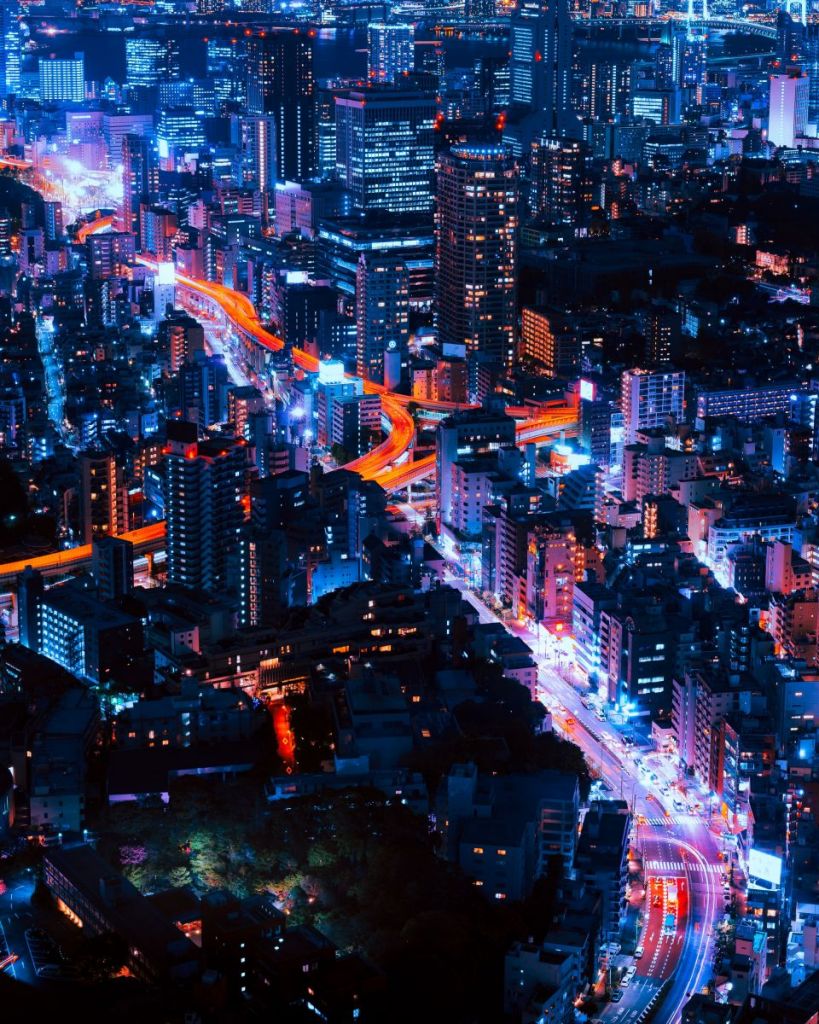
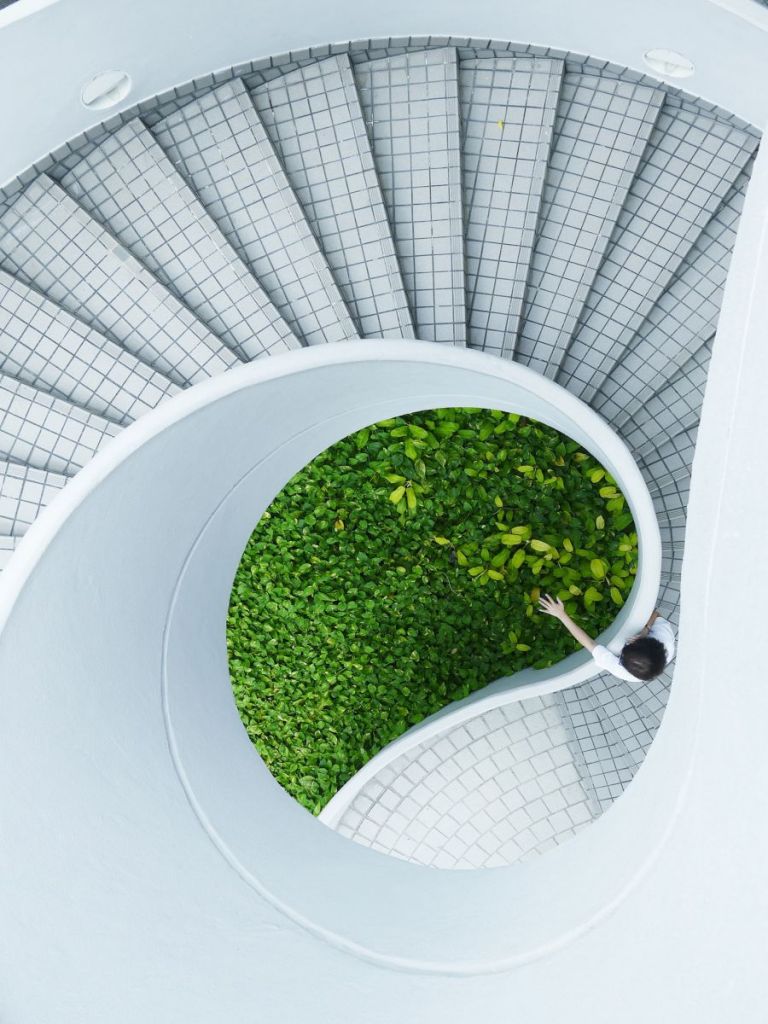
Together with professionals and authorities facilitating powerful, sustainable development policies, this new sustainability wave, generated organically by the people, can transform into concrete, real, physical changes beneficial for both us and our blue planet. We find ourselves dealing with a new global challenge, one in which our environment is given the opportunity to take a breather. For example, after almost two months of lockdown, one of the recently found awareness is the living space usage per person, as we are beginning to see its importance, especially in residential complexes, be it old or new. It turns out, this has proven a fruitful situation, giving architects and designers a new opportunity to redesign and innovate the way they approach design, focusing more on people’s well-being. On this note, one could ask: shouldn’t we pay more attention to our environment, be it natural or built?
And here is where the most important factor comes in play: public awareness; All around the globe, there is an organic global shift of mentalities and behaviours. Initiatives such as car-free streets have started to pop up: we see it in Milan, Italy, where there are public calls for action, taking hold of this opportunity; we can now create an instance where we can rebuild a fair, sustainable system that benefits and protects society.
Maintaining the progress of the regeneration and solving problems like the climate crisis will require massive experiments across all segments of the industry and society, especially in architecture and adjacent design industries. Buildings and how people use them will have to change, as living indoors for the last few months has made clear. By finding efficient solutions, we create a sustainable and compassionate world, a process that all countries and nations will need to follow. Collaborative partnerships between all stakeholders will make the change process more coherent and will implement such changes; by collective inventiveness and manifestations on a global scale, we will communicate and advocate for a real change of shared values, drives and creative powers.
During the last few months, people have been confined to their living spaces, with little to no exterior movement. However, this also provided some with an eye opener; this includes observing their own personal space, how much or how little importance they have offered it, with the result being some real changes, like fulfilling the need for green spaces within their homes, a case-specific for people with balconies. The majority of the residential buildings that have been built in the last decades are complexes, meaning the general needs of the individual came second to the need for rapid housing; the same for general green spaces, most of them not even properly created, being especially not people-oriented and not involving the future residents in the design process.
Building resilient infrastructure, following the guidance of participatory design, promotes sustainable, innovative and especially inclusive architecture in order to create architecture for humankind. When creating the firm structure of a collective, caring world, it is important to understand that space shapes our lives. We all remember the places where we lived, the places where we went to school, work, and college, and the spaces where we spent, for a while, a good portion of our lives.
Participatory architecture focused on the people and their needs as independently as possible, gives the power and the deciding factor to the inhabitant. Instead of continuing to design with a targeted client in mind, architects and designers have come to the conclusion that it is much more important and effective to collaborate and start designing alongside people. We see this happening in most of the affected countries, where the authorities are challenging architects and designers to develop specialised, transformable, adaptable, innovative and smart solutions and policies. In short, when designing on a bigger scale, it is important to give power and shift the decision-making process in favour of the direct users. This creates precedents of collaboration on larger scales. Considering this, right now, the most important thing is to rewire our mindsets and, notably, our learned behaviours. By learned behaviour, I refer to everything we learned since infancy, everything we took for the people around us on a subconscious level, behaviours that we might not have noticed had we hadn’t had or given ourselves the opportunity to do so.
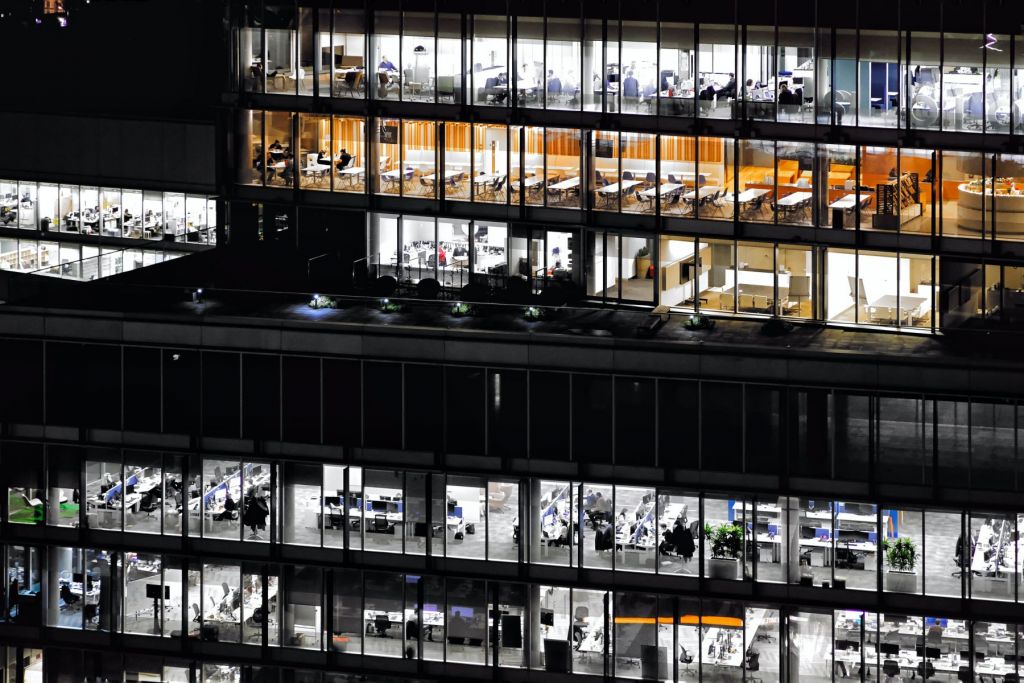
In addition, by doing so, we might quite possibly be able to make a real change in the lives of our close people because when we start living in the present, taking in everything around us and raising our voice to improve the conversation, others would be inspired to push for transformative change in themselves and their communities as well. The most efficient way to solve any problem is by discussing and arguing. This is a given; by putting everyone’s well-being first, something the Asian culture preaches and encourages, we are capable to generate real-real change. Our connections to a place, culture, common purpose, and each other create a sense of belonging that every person needs to in order to thrive.
The high cost of change is directly linked to our learned behaviours. Statistically, changing just one habit takes up to 2-3 months, and considering that generally, people’s attention span is not that long, these changes face a few endurance roadblocks. However, that is a tension point that needs to break; individual changes, even as small as using the circular economy concepts of reuse, recycle and reduce, shopping in bulk, using refillable and reusable bags, go a long way. Creativity is key; with our industries generating waste faster than newly produced goods, organic and inorganic waste becomes increasingly valuable, as an impressive number of doctoral students and researchers have taken things into their own hands and started creating goods from organic and inorganic waste.
This isn’t new, however; this global context only increases the real potential of such initiatives. What was once regarded as trash initially becomes a vital resource for creating sustainable, recycled, reusable products, thus protecting our natural world. In addition, when we want to change something, our authorities must act and generate incentives for such game-changers. When it comes to climate change, it holds no importance at what time you get on the social and environmental change train; awareness starts with educating yourself and asking questions; this is the basis; of ensuring that all human beings can enjoy prosperous and fulfilling lives and that economic, social and technological progress takes place in harmony at all times with the organic world; awareness change based begins with and from us.
Embracing the opportunity ahead starts with educating ourselves, having a healthy dose of self-awareness and taking the time to see and analyze why and how our environment is key for our survival; everyone can do exactly as they see appropriate, and every person is free to make pivotal adjustments, and, thus, the positive effects will begin to appear. Our common goal should be leading a healthy life alongside our loved ones on a healthy planet at any time. And judging by the rapid and powerful regeneration process the earth started a few months ago, changing our ways of living or even modifying them proves to be quite a low price to pay to achieve such a meaningful goal.
Cultivating a collective responsibility to solidify our connection to the natural world and its living beings could, thus, become our new world trajectory, as it always goes back to how we use space, how we correlate the natural world, re-entering our built environment. What else is there if we don’t take care of it accordingly?






